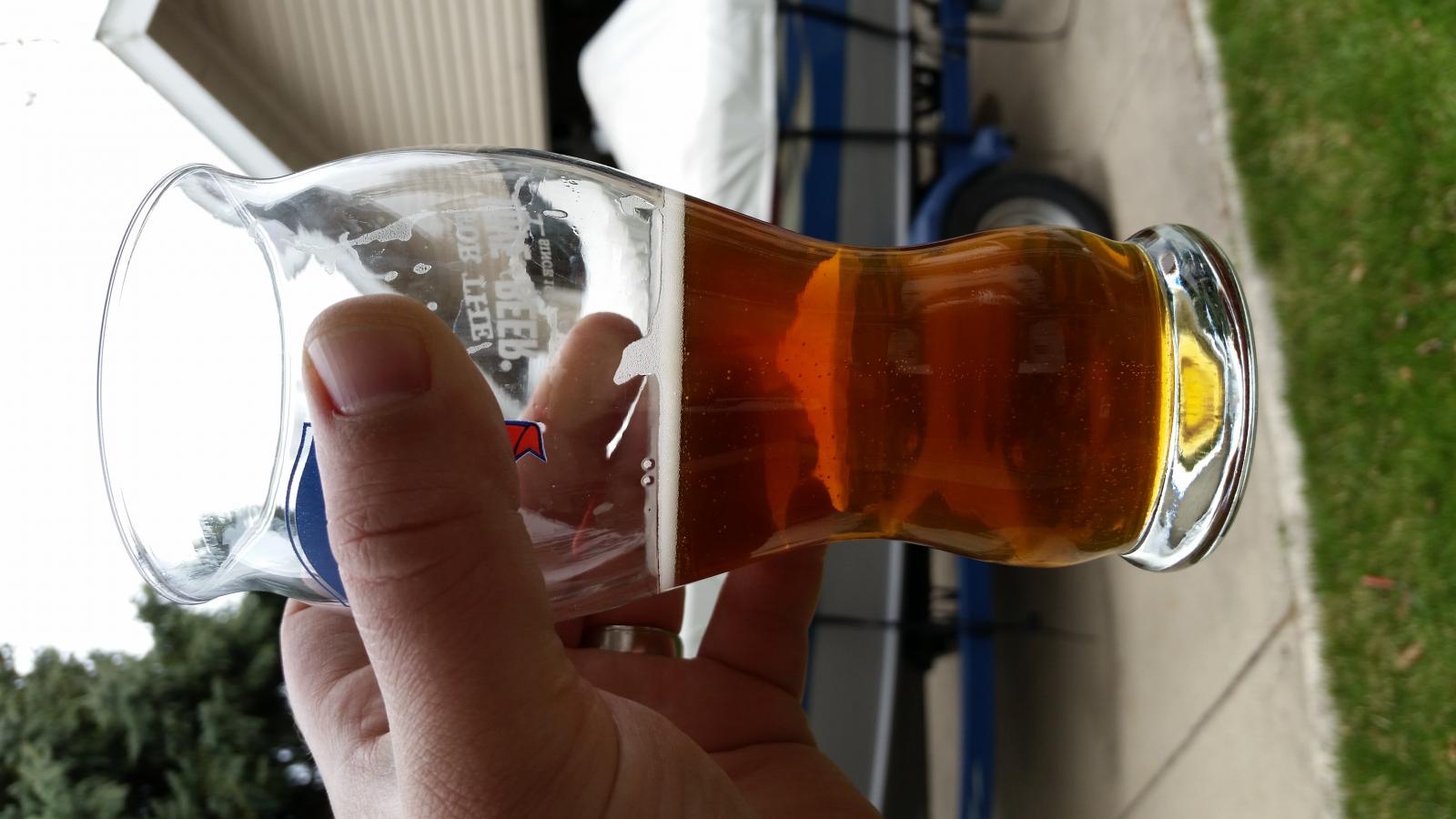brewprint
Well-Known Member
- Joined
- May 7, 2014
- Messages
- 1,616
- Reaction score
- 169
I'm the type of person that doesn't understand a lot of different methods out there and I believe that there are a lot of unnecessary steps in the brewing world.
I mainly just primary my beers for 2-3 weeks and then rack to the keg. In a less than a week they're crystal clear. No cold crashing (unless you consider kegging cold crashing), no whirlfloc, no gelatin, no nothing.
I can see cold crashing before racking to the keg (or bottle) to reduce sediment in them. Is that the reason for cold crashing? Does it clear the beer faster? It just seems like an extra step that's useless.

I mainly just primary my beers for 2-3 weeks and then rack to the keg. In a less than a week they're crystal clear. No cold crashing (unless you consider kegging cold crashing), no whirlfloc, no gelatin, no nothing.
I can see cold crashing before racking to the keg (or bottle) to reduce sediment in them. Is that the reason for cold crashing? Does it clear the beer faster? It just seems like an extra step that's useless.



























![Craft A Brew - Safale BE-256 Yeast - Fermentis - Belgian Ale Dry Yeast - For Belgian & Strong Ales - Ingredients for Home Brewing - Beer Making Supplies - [3 Pack]](https://m.media-amazon.com/images/I/51bcKEwQmWL._SL500_.jpg)












